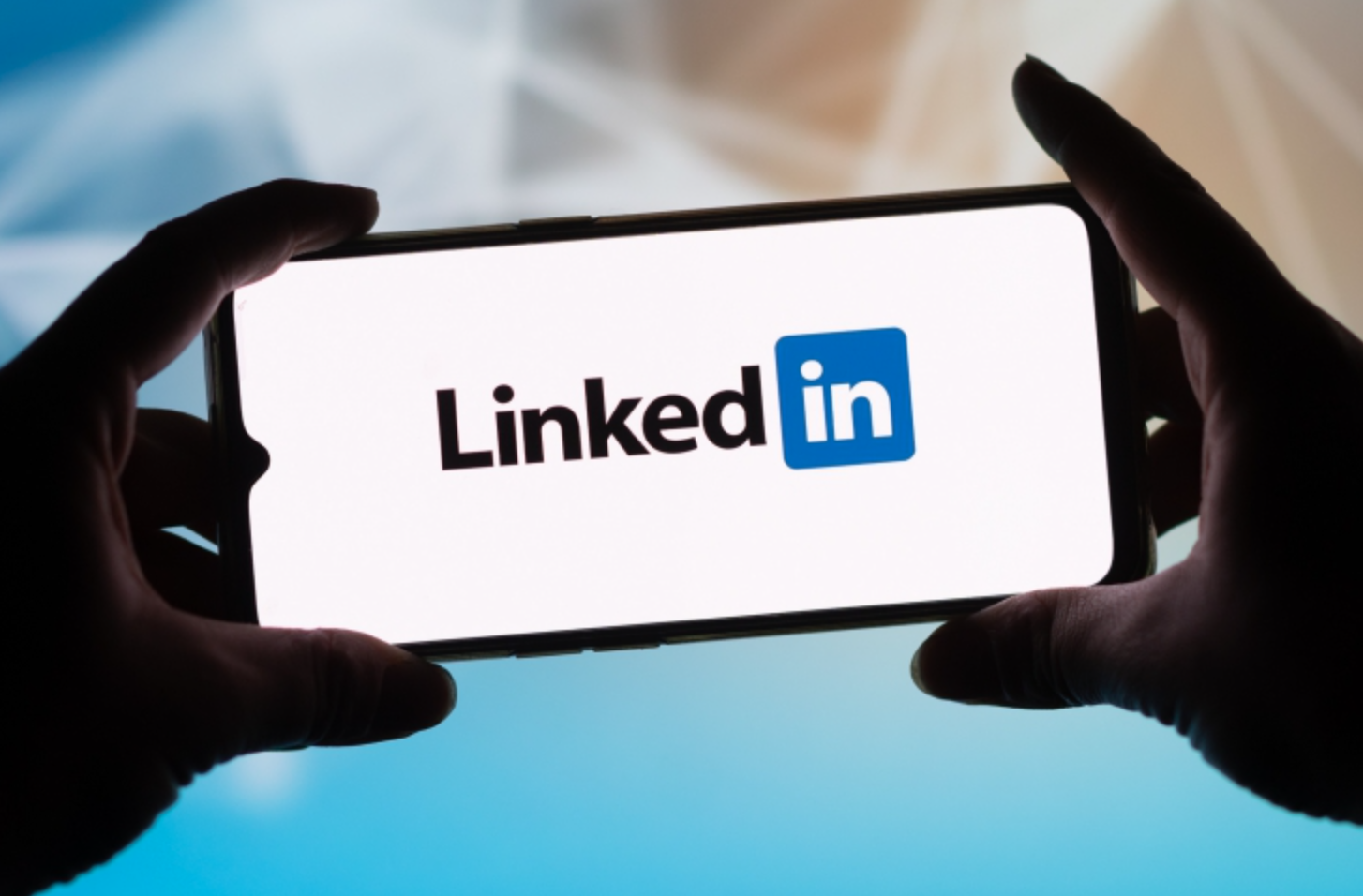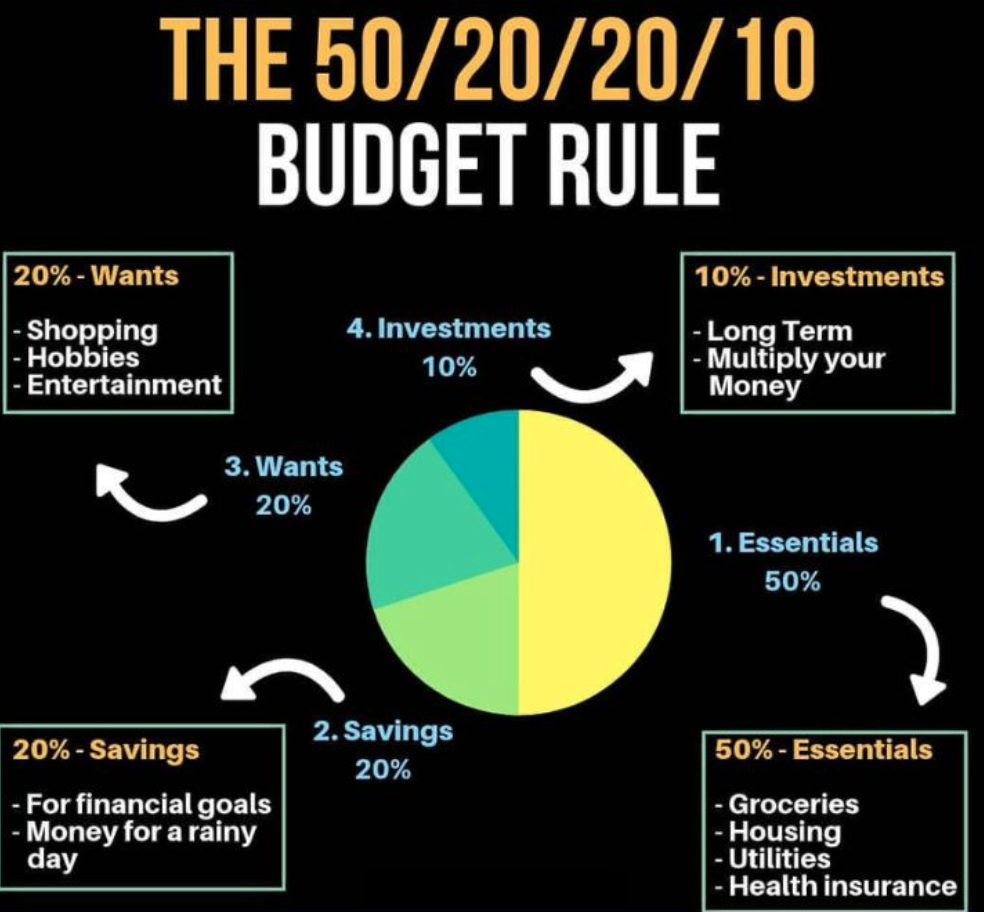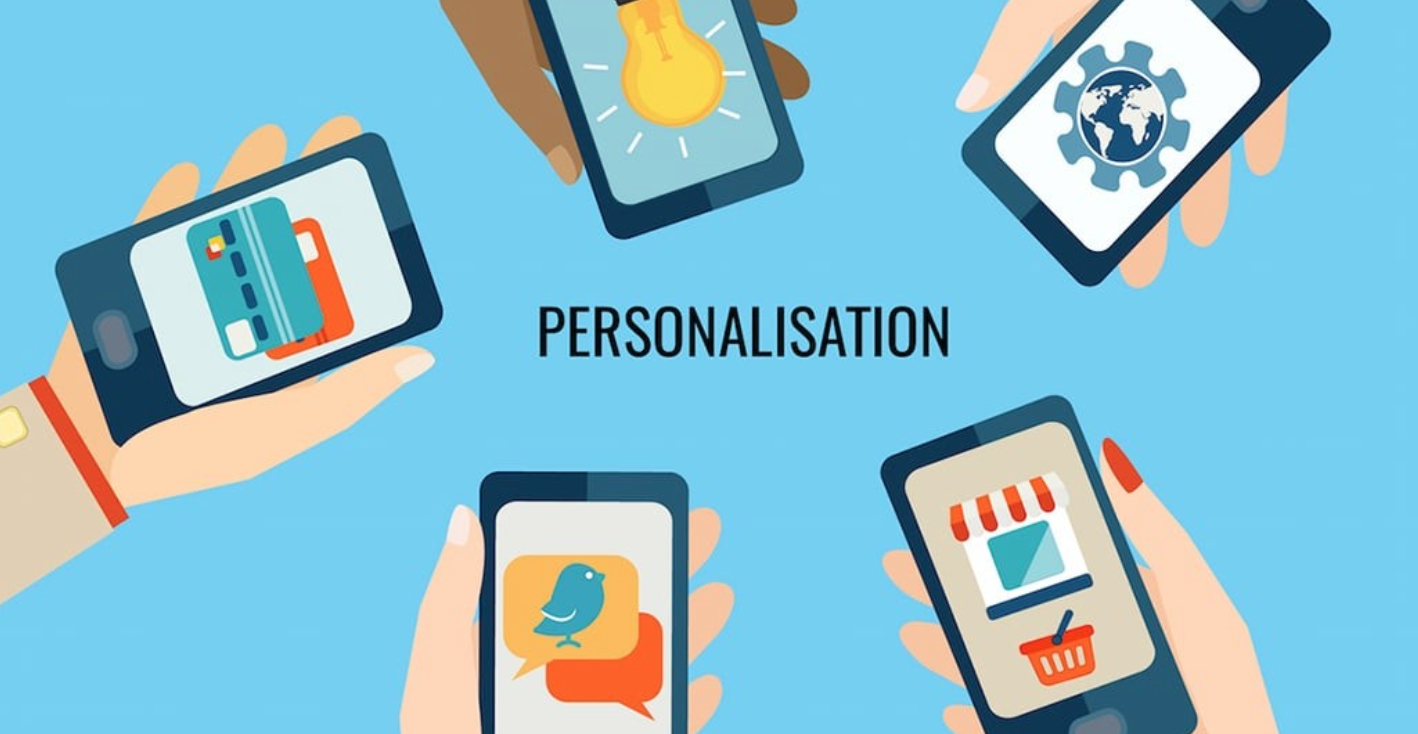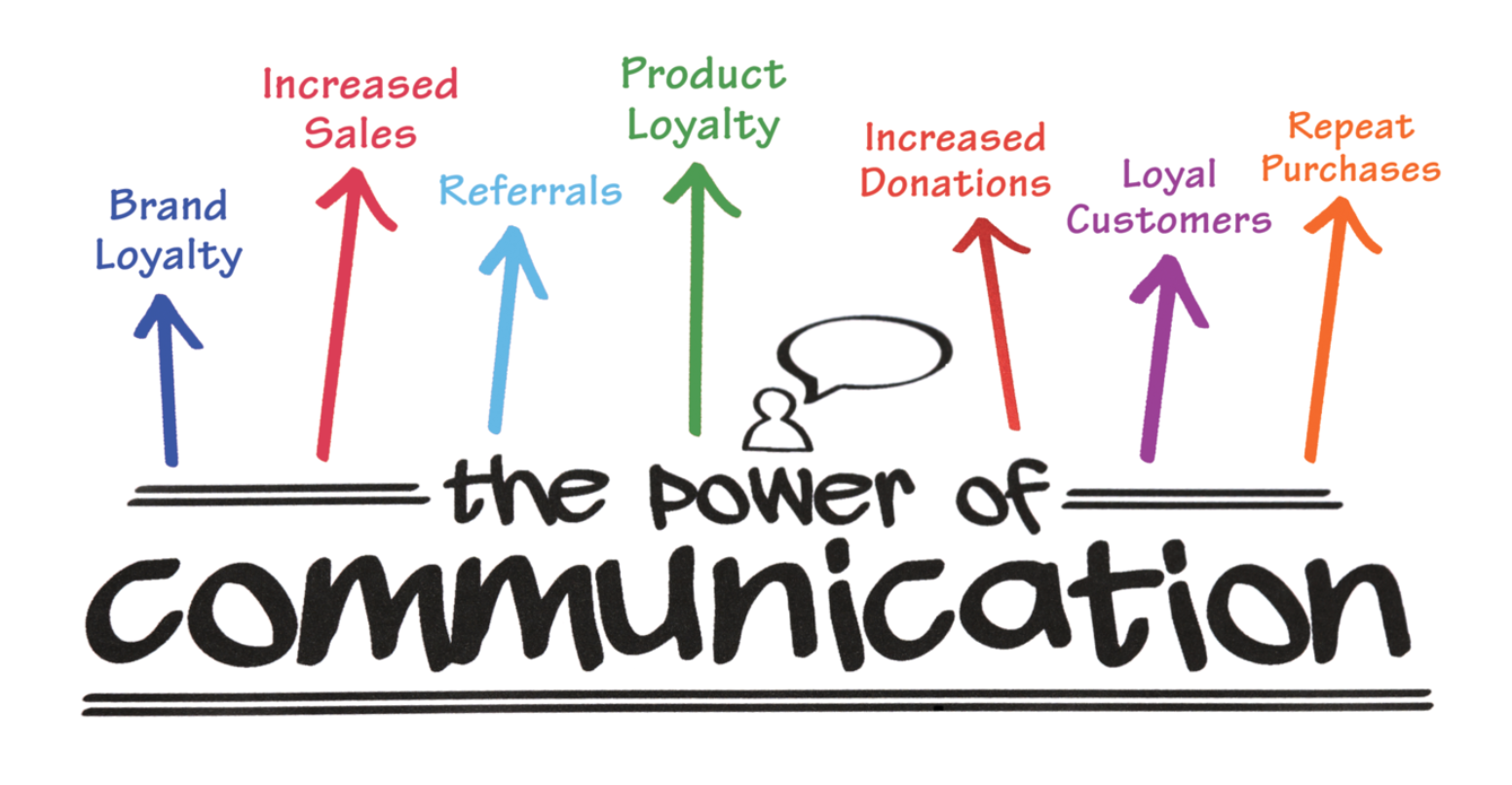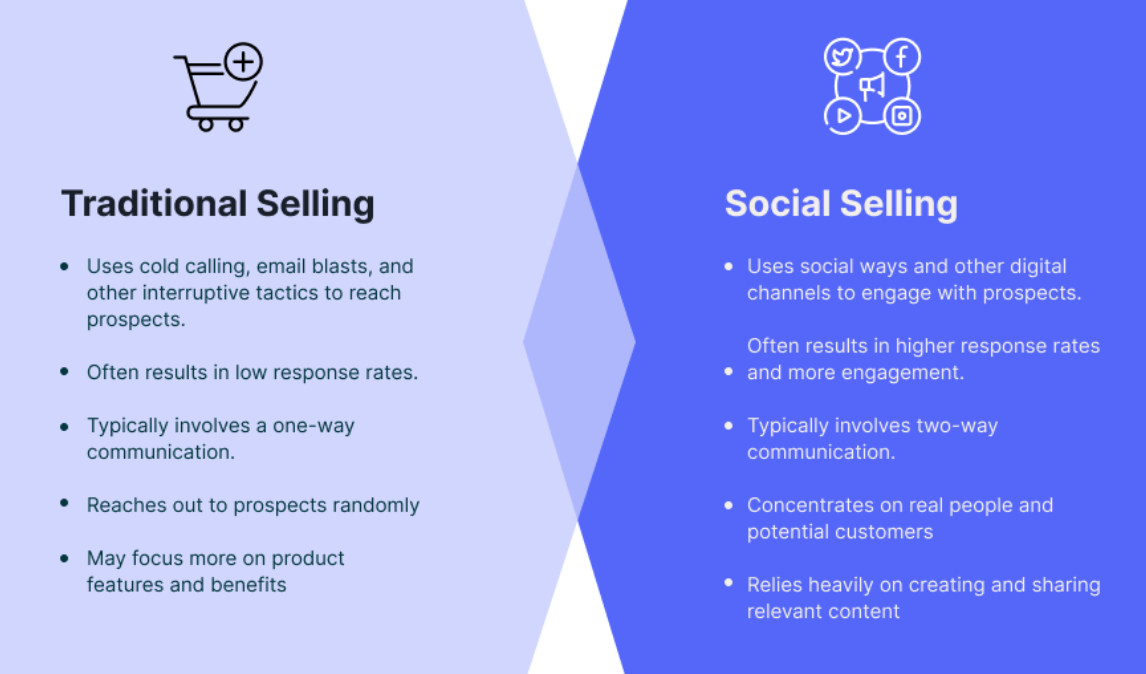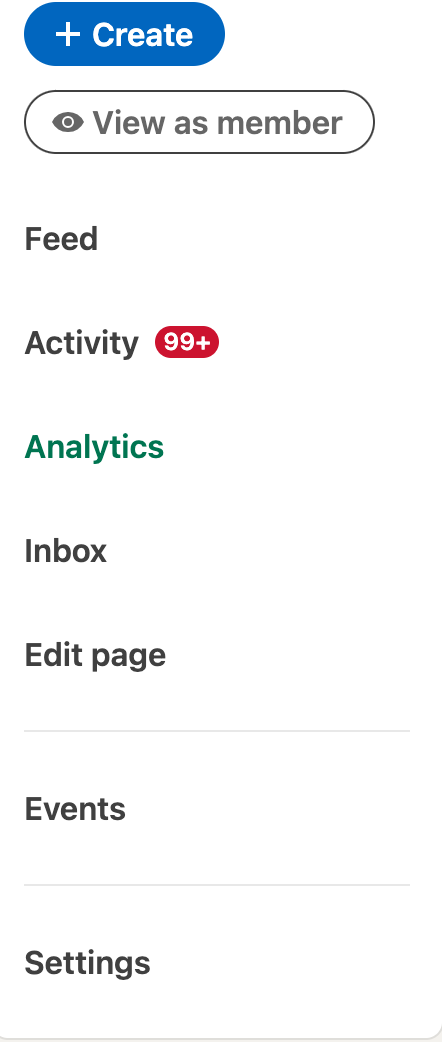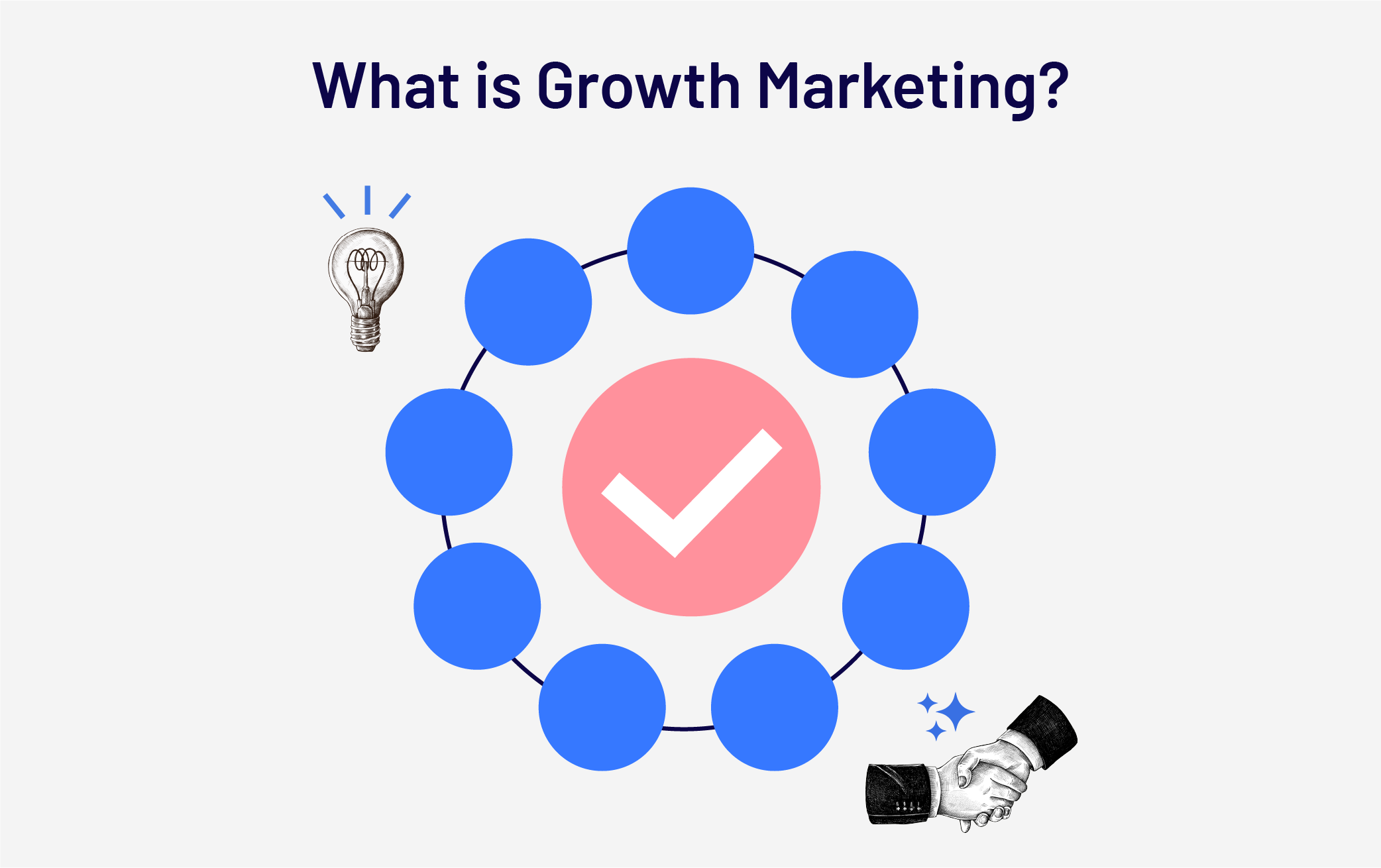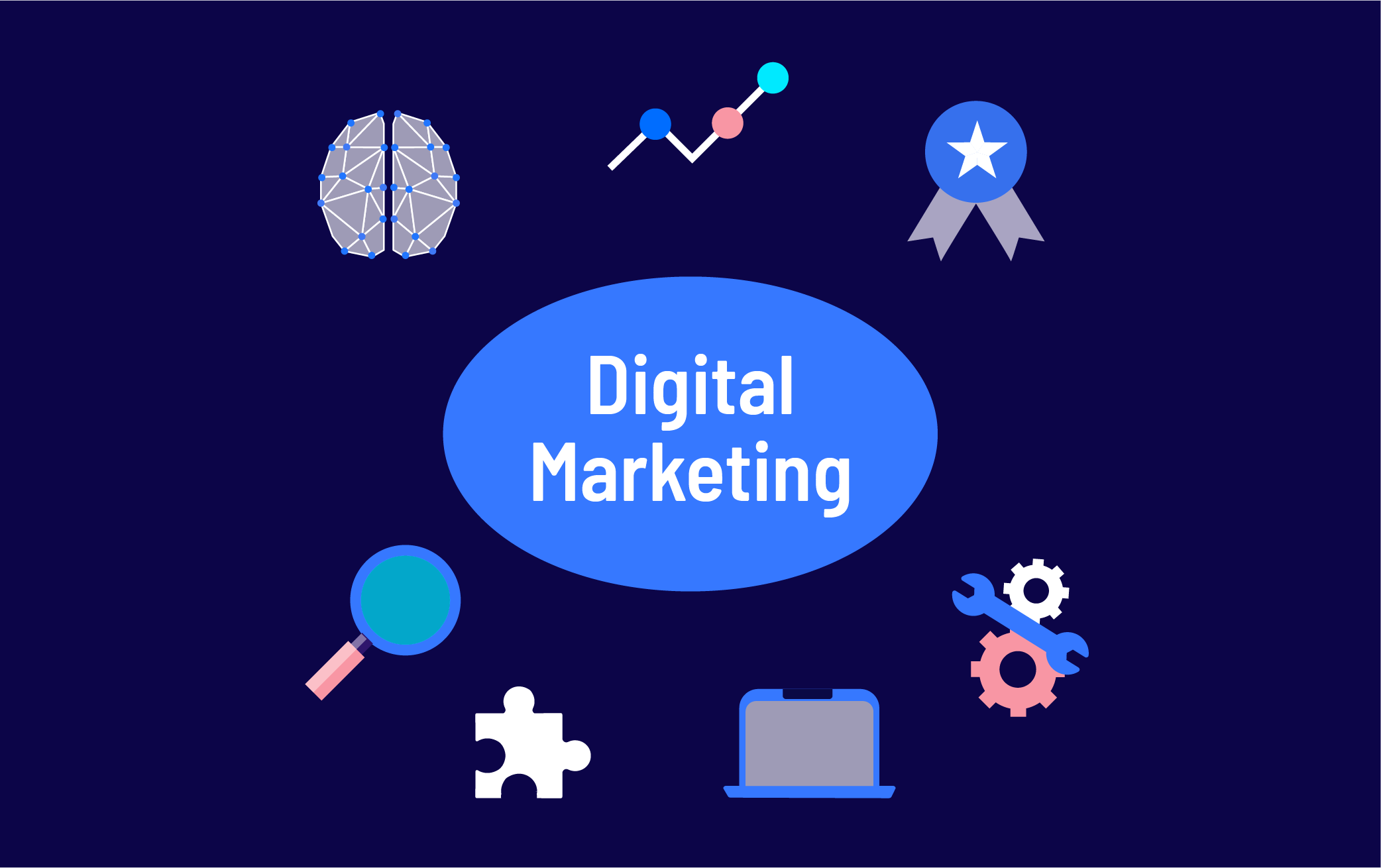Boost your Revenue Growth using LinkedIn Social Selling

In a digital age where connections mean everything, leveraging LinkedIn's platform for social selling has become paramount. With over 700 million professionals worldwide, LinkedIn offers an unparalleled opportunity to engage with key decision-makers and stakeholders in your industry. Get ready to revolutionise your sales and social media marketing strategy while increasing your annual revenue!
We will dive into:
Why use the LinkedIn platform for revenue growth
LinkedIn, the world's second-largest job advertising firm, stands as a formidable social media platform for B2B business growth, with access to a staggering 738 million active users globally and over 176 million in the United States alone.
Consider these vital statistics:
- 40% of LinkedIn users check in daily,
- 80% of B2B social media leads stem from LinkedIn,
- LinkedIn is 277% more effective at generating leads compared to other social media platforms,
- It drives over 64% of social traffic to B2B sites.
Notably, 50 million companies already leverage LinkedIn's potential.
LinkedIn is also great for generating leads, brand visibility, professional networking, thought leadership, content marketing, market research, and competitive analysis.
So, are you capitalising on this visibility?
(Image source: LinkedIn)
What is social selling?
Let's break down the concept first. What is actually social selling?
Social selling is really about individuals connecting with potential buyers, building relationships, and engaging with leads.
If you've got a Facebook Business Page, a LinkedIn profile, or even just a Twitter account, you're already diving into the world of social selling.
No matter your business size or niche, social selling is a game-changer.
Picture this: it's a strategic approach where sellers leverage the power of social networks to connect with prospects, nurture relationships, and ultimately drive sales.
With the evolution of marketing solutions, social selling has transformed into virtual selling, where sales professionals utilise a whole arsenal of tools to engage with buyers on a more personal level.
Now, I know what you're thinking. Isn't social selling just another buzzword thrown around in the business world? Far from it!
Social selling isn't just a passing trend; it's a game-changer that allows salespeople to build credibility, trust, and rapport with their target audience.
In a world where cold calling and generic sales pitches fall flat, social selling shines.
It's about leveraging your social media channels, along with cutting-edge sales technology, to actively engage with prospects and deliver value.
Gone are the days of one-size-fits-all sales tactics; social selling is all about personalisation and authenticity.
But why should you hop on the social selling bandwagon?
Well, for starters, it's the key to reaching your sales goals in today's hyper-connected world.
Whether you're in the B2B or B2C space, social selling empowers you to connect with potential customers where they already are – on social media.
So, if you're ready to take your sales game to the next level, it's time to embrace the power of social selling.
Trust me; your future self will thank you for it.
And why LinkedIn?
When it comes to social selling, LinkedIn shines as one of the most potent platforms in the digital landscape.
With its professional focus and robust networking capabilities, LinkedIn offers unparalleled opportunities for businesses to connect with their target audience and drive sales.
Unlike other social networks, LinkedIn is tailored specifically for professionals, making it an ideal space for B2B interactions and relationship-building.
Its user base comprises individuals actively seeking professional connections, industry insights, and business opportunities, making it ideal for sales efforts.
LinkedIn's suite of features, including advanced search filters, targeted advertising options, and robust analytics tools, empowers businesses to identify and engage with their ideal prospects effectively.
The LinkedIn sales navigator, in particular, provides the data and insights to help you prioritise accounts with the biggest opportunities, allowing users to use their time efficiently.
From sharing valuable content to participating in industry discussions and reaching out directly to decision-makers, LinkedIn provides plenty of avenues for businesses to showcase their expertise and nurture leads.
And that's not all.
The platform's emphasis on credibility and professionalism lends weight to sales pitches and fosters trust among potential buyers.
By leveraging LinkedIn's platform, businesses can establish themselves as thought leaders in their respective industries, enhancing their brand authority and attracting quality leads.
So, LinkedIn stands out as not just a social network but a strategic asset for sales professionals and businesses alike, offering a conducive environment for cultivating meaningful connections and driving annual revenue growth via LinkedIn learning training tools.
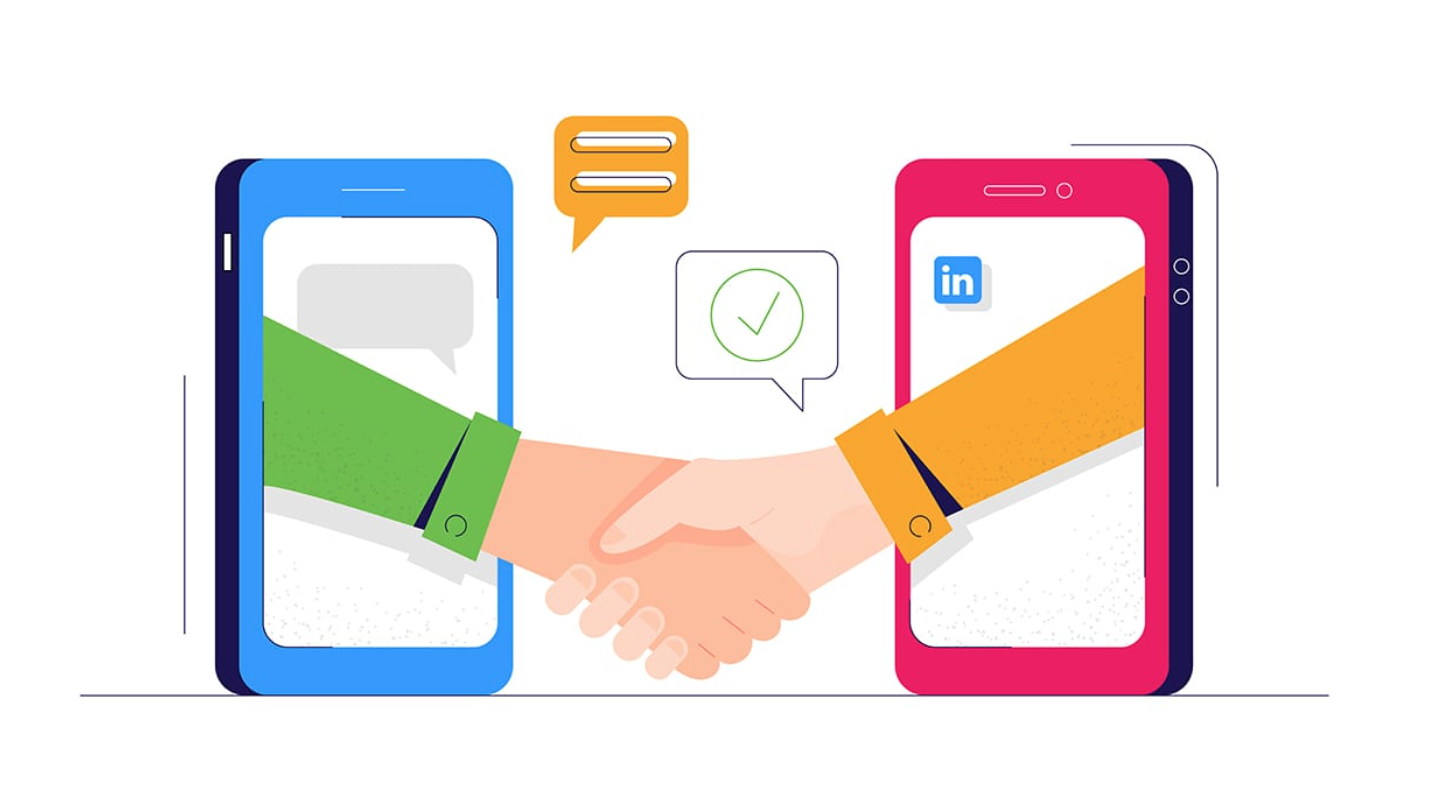
Examples of social selling
Spice up your social selling with a variety of engaging content.
Here we will give you some ideas and examples of what you can post on your LinkedIn account to boost engagement.
You can:
- Offer downloadable cheat sheets packed with industry tips and tricks.
- Spark discussions by posing thought-provoking questions related to your field.
- Run polls to understand your audience's needs and tailor your solutions accordingly.
- Share inspirational quotes and success stories to keep your audience motivated.
- Showcase your own journey of personal development, as your hustle can inspire others.
By incorporating these elements, you'll create a dynamic online presence that fosters trust, and connection, and ultimately, fuels annual revenue growth.
If you are looking for creators to follow and get inspired, we got you!
Here is a list of 10 recognised LinkedIn accounts that offer attractive content:
- Adam Grant
- Ben Meer
- Jade Bonacolta
- Andrew Huberman
- Richard Brandson
- Satya Nadella
- Daniel Goleman
- Arianna Huffington
- Pete Flint
- Jeff Weiner
- Ryan Roslansky the CEO of LinkedIn :)
(Image source: Social selling)
Grow your revenue using LinkedIn with these 7 steps
Transform your revenue generation trajectory by harnessing the power of LinkedIn with these 7 practical steps.
1. Establish a profile focused on client needs
Your LinkedIn profile should act as a landing page for your business.
Its purpose?
To convey to visitors that you're equipped to address their needs and help them achieve specific goals.
Compose your profile to resonate with your ideal clients, prompting them to take action: "connect with me," "send a message," "explore my blog," "download this checklist," or "subscribe to my newsletter."
By positioning yourself as an authority in your field, you'll effortlessly turn profile views into meaningful connections.
(Image source: Customer profile)
2. Formulate your content plan
When it comes to formulating your content plan, simplicity can be your best ally.
Start by embracing the 50/20/20/10 rule, dividing your efforts into manageable chunks.
This is a strategy for allocating your time, resources, or efforts in a balanced and effective manner.
So by following this rule, you can ensure a balanced approach to managing your time, energy, and resources, leading to greater productivity, personal growth, and overall satisfaction in both your professional and personal life.
(Image source: 50/20/20/10 rule)
Remember, the goal of your content strategy is threefold: to educate, enhance your brand's value, and foster relationships.
Without value, the content you share is merely noise to your audience.
That's why it's crucial to ensure your content is informative, relevant, and of high quality.
Developing your social media marketing strategy begins with a clear objective in mind.
Tailor your content to provide free, valuable insights aligned with that objective.
Whether it's original posts, curated tips, engaging videos, informative eBooks, practical checklists, or comprehensive guides, diversify your content to maintain a top-of-mind presence.
This approach not only establishes your authority in your field but also nurtures lasting connections with your audience.
3. Identify valuable potential clients
Harness the incredible search capabilities of LinkedIn to uncover hidden gems of potential clients just waiting to connect with you.
Tailor your search criteria to match your ideal customer profile, including industry, location, job title, role, and company size.
By leveraging these filters, you can focus on individuals who are most likely to benefit from what you offer, opening doors to meaningful connections and potential business collaborations.
Here's a savvy tip: Take a deep dive into your existing connections and reignite conversations with those warm leads that may have slipped off your radar.
And, don't underestimate the value of nurturing referral partnerships, as they can serve as invaluable channels for new business opportunities.
If you need a little push to help you turn prospects into sales, Lush might be a great resource.
(Image source: Potential clients)
4. Construct a reliable user base
Now that you've pinpointed your ideal clients, it's time to extend them a warm invitation to connect.
Personalisation is key here.
Provide your prospects with compelling reasons to connect with you.
A client-centric profile that clearly outlines your title, company name, and industry, while also showcasing your credibility, serves as an excellent starting point.
Avoid resorting to generic sales pitches and focus on authenticity.
By populating your database with top-tier prospects that align with your target persona, you lay the groundwork for valuable connections that can yield dividends for years to come.
When reaching out, consider drafting message templates to streamline the process.
But, remember to add each message with a personal touch, demonstrating your genuine interest in connecting with them.
Get ready to take your company page strategy to the next level with our innovative approach!
Boost your page's reach by bringing on your partners as admins and gaining access to their vast professional networks.
Invite their leads and prospects to follow your firm's company page, amplifying your online presence and fostering engagement with a broader audience.
This collaborative effort ensures that your firm remains visible and accessible to potential clients, laying the foundation for lasting connections and future business opportunities.
(Image source: Personalisation)
5. Implement non-promotional communication
When it comes to LinkedIn messaging, the last thing you want to do is hit prospects with a hard sell right out of the gate.
People can detect a sales pitch from miles away, and you risk losing them before you've even had a chance to connect.
Instead, focus on adding genuine value.
Build a solid messaging strategy that prioritises staying on your prospects' radar, fostering connection, and showcasing your expertise.
Patience is key here – give your contacts space, allowing two to three weeks between messages to avoid overwhelming them.
And remember, brevity is important.
Keep your messages short and sweet, as if you're sending them off from your mobile phone.
Nobody wants to read a novel in their LinkedIn inbox.
(Image source: Communication)
6. Organise and streamline tasks
Establishing a streamlined system to manage your tasks is a fundamental step towards achieving success.
Whether it's utilising CRMs, scheduling tools, task lists, tracking sheets, or automated processes, having the right tools in place can revolutionise your workflow.
Calendars, spreadsheets, and software applications can serve as invaluable assets, enhancing your brand's efficiency and ensuring you stay top-of-mind with your clients.
But, it's crucial to integrate all these components seamlessly to effectively monitor your progress and stay on track.
The key is to find your rhythm and routine sooner rather than later.
Consider batching your content creation to maximise efficiency, and leverage social media management apps to schedule posts in advance.
By embracing these organisational strategies, you'll not only streamline your workload but also free up valuable time to focus on driving your business forward.
(Image source: Organisation)
7. Cultivate leads for effective engagement
In the world of business, not every encounter will result in an immediate sale or contract.
What happens after that initial meeting, and how you guide prospects through their buyer's journey, can determine your success.
Nurturing leads isn't a one-size-fits-all work.
It's about cultivating personalised, long-term relationships with your key prospects.
Keep adding value and staying top-of-mind so that when they're ready to make a purchase, you're the first one they think of.
Identify those triggering events that indicate a prospect is ready to move forward and tailor your approach to nurture them effectively along their journey.
If you are looking for a tool that can be your right hand when it comes to the lead generation process — say hello to Waalaxy.
Another amazing tool for generating high-quality leads in minutes is Phantombuster.
For a company, strengthen relationships by offering valuable assets, providing helpful advice, soliciting opinions, and engaging with your clients' posts.
Whether it's welcoming new team members, celebrating achievements, or acknowledging milestones, make sure to actively participate in the online community.
By fostering genuine connections and adding value, you'll position your company as a trusted ally, increasing the likelihood of converting leads into loyal customers.
In the world of sales, there are two main ways to go about it: traditional selling and social selling.
Traditional selling is your classic approach, where salespeople chat directly with potential customers, often making cold calls or meeting face-to-face to pitch their products.
It's all about building relationships through good old-fashioned conversation and persuasion.
Now, social selling, that's a bit different.
It's all about using social media and online networks to connect with potential buyers, sharing useful stuff, and earning trust over time.
Instead of just pushing sales, it's about being helpful and giving people what they need.
And in today's digital age, it's becoming a real game-changer, helping build stronger relationships and closing more deals.
Check out this table for more intriguing details:
(Image source: Traditional vs social selling)
Boost your social selling with these tips
Ready to take your social selling to the next level?
Well, you're in luck because we've got some handy tips to give your efforts a serious boost.
First off, consistency is key.
Regularly showing up with your content, be it on social media or other online platforms, fosters reliability and credibility in the eyes of your audience.
When your messaging is consistent and coherent, it reinforces your brand identity and keeps you on the radar of potential customers, increasing the likelihood of engagement and conversions.
Active participation and engagement within relevant online communities can also significantly amplify your social selling efforts.
By immersing yourself in these digital spaces where your target audience gathers, you gain invaluable insights into their preferences, pain points, and interests.
Engaging authentically, whether by answering questions, joining discussions, or sharing valuable insights, establishes you as a trusted resource and cultivates meaningful connections with potential buyers.
Sharing success stories is another effective tool in social selling strategies.
These anecdotes not only showcase the tangible benefits and outcomes of your product or service but also resonate with potential customers on an emotional level.
By highlighting real-life experiences and illustrating how your offering has positively impacted others, you create relatable narratives that inspire trust and confidence.
These stories serve as compelling testimonials, reinforcing your credibility and persuading prospects to consider your solution for their own needs.
Keeping track of analytics is paramount in social selling.
By regularly monitoring key metrics such as engagement rates, click-through rates, and conversions, you gain valuable insights into the effectiveness of your strategies.
This data-driven approach allows you to identify what's working well and what areas need improvement, enabling you to refine your tactics for optimal results.
You can check your LinkedIn analytics by going to your account and clicking under "analytics":
(Image source: LinkedIn)
Integrate email and sales navigator
Expand your reach beyond just your phone and CRM – consider syncing your Sales Navigator account with your email.
LinkedIn Sales Navigator, catered to both individuals and teams, stands out as the premier choice on LinkedIn for sales practitioners.
For sales professionals, Sales Navigator offers robust search functionalities, enhanced insights into broader networks, and tailored algorithms to connect with the appropriate decision-makers.
The LinkedIn sales navigator offers three subscription plans with different pricing options: core, advanced, and advanced plus. You can check them here.
So if you aim to increase your productivity and save your time to find the right information, this feature might be the one for you!
This integration seamlessly brings the key details from a contact's LinkedIn profile directly into your email inbox.
Plus, you can easily save them as a lead right from your email interactions.
It's a simple yet powerful way to stay connected and informed, ensuring you never miss an opportunity to engage with potential leads.
Curious for more? Here are other 3 great tips for you:
Save your searches
Why bother reinventing every time?
Once you've crafted a finely-tuned search filter that reliably stirs out quality leads, save yourself the hassle by saving that search.
This way, you'll receive regular emails with updates on new prospects who match your criteria.
And the best part?
You can run these saved searches whenever you please, giving you ultimate flexibility and control over your lead-generation process.
Utilise shared experience
One of LinkedIn's standout premium filters is the "Leads with Shared Experiences/Commonalities."
This feature allows you to effortlessly discover leads who share professional common ground with you.
For instance, finding leads who share a common industry interest.
Instead of immediately discussing business matters, you might start the conversation by acknowledging your shared industry background, such as, "It's always refreshing to connect with fellow marketing professionals! How's your experience been navigating the industry lately?"
This approach can help establish a connection and create a more engaging dialogue from the outset.
Conclusion
This guide has explored the immense potential of LinkedIn as a platform to generate leads and accelerate revenue growth.
We've delved into the core principles of social selling, showcasing how valuable content creation, strategic engagement, and relationship building foster trust and brand awareness.
By following the actionable steps outlined, you can transform your LinkedIn presence into a powerful sales engine.
Remember, social selling is a continuous process.
Stay consistent, refine your approach based on data, and leverage advanced tools like LinkedIn Sales Navigator to connect with the right people at the right time.
And then, you can get a flourishing network of qualified leads ready to do business with you.
Start implementing these strategies today and watch your revenue skyrocket!
FAQ
1. How can social selling on LinkedIn help me generate leads and grow revenue?
LinkedIn social selling allows you to target and connect with potential customers directly. By establishing yourself as a thought leader and building trust through valuable content and interactions, you nurture leads who are already familiar with your brand and expertise. This makes them more receptive to your sales message later on.
2. What kind of content should I share on LinkedIn for social selling?
Focus on content that resonates with your target audience's challenges and interests. This could include industry insights, articles, case studies showcasing past successes, or even helpful tips and tricks related to your field.
3. Is social selling on LinkedIn just about posting content?
Not at all! Social selling thrives on engagement. Actively participate in industry discussions, answer questions in relevant groups, and connect with other professionals. This two-way communication builds relationships and positions you as a valuable resource.
4. How can I measure the success of my LinkedIn social selling efforts?
Track key metrics like profile views, post engagement (likes, comments, shares), website clicks, and lead generation through your LinkedIn profile. Analyse which content resonates most and adjust your strategy accordingly.
5. What are some advanced techniques for LinkedIn social selling?
LinkedIn Sales Navigator is a powerful tool that allows you to filter for high-value prospects based on specific criteria. This helps personalise your outreach and connect with the right decision-makers.
Categories
- Business & Innovation (72)
- Growth & Marketing (58)
- Data & Analytics (27)
- UX Design (13)
- Alumni Stories (11)
Related articles
Latest articles
Boost your Revenue Growth using LinkedIn Social Selling
In a digital age where connections mean everything, leveraging...
The Power of Collaboration: Enhancing Team Performance Tactics
As organisations navigate complex challenges and strive for...
The Ultimate guide to boost organic growth in 2024
Imagine organic growth as the business equivalent of sculpting...
The best 2024 Business Development Guide
What exactly is business development, and how does it differ from...




